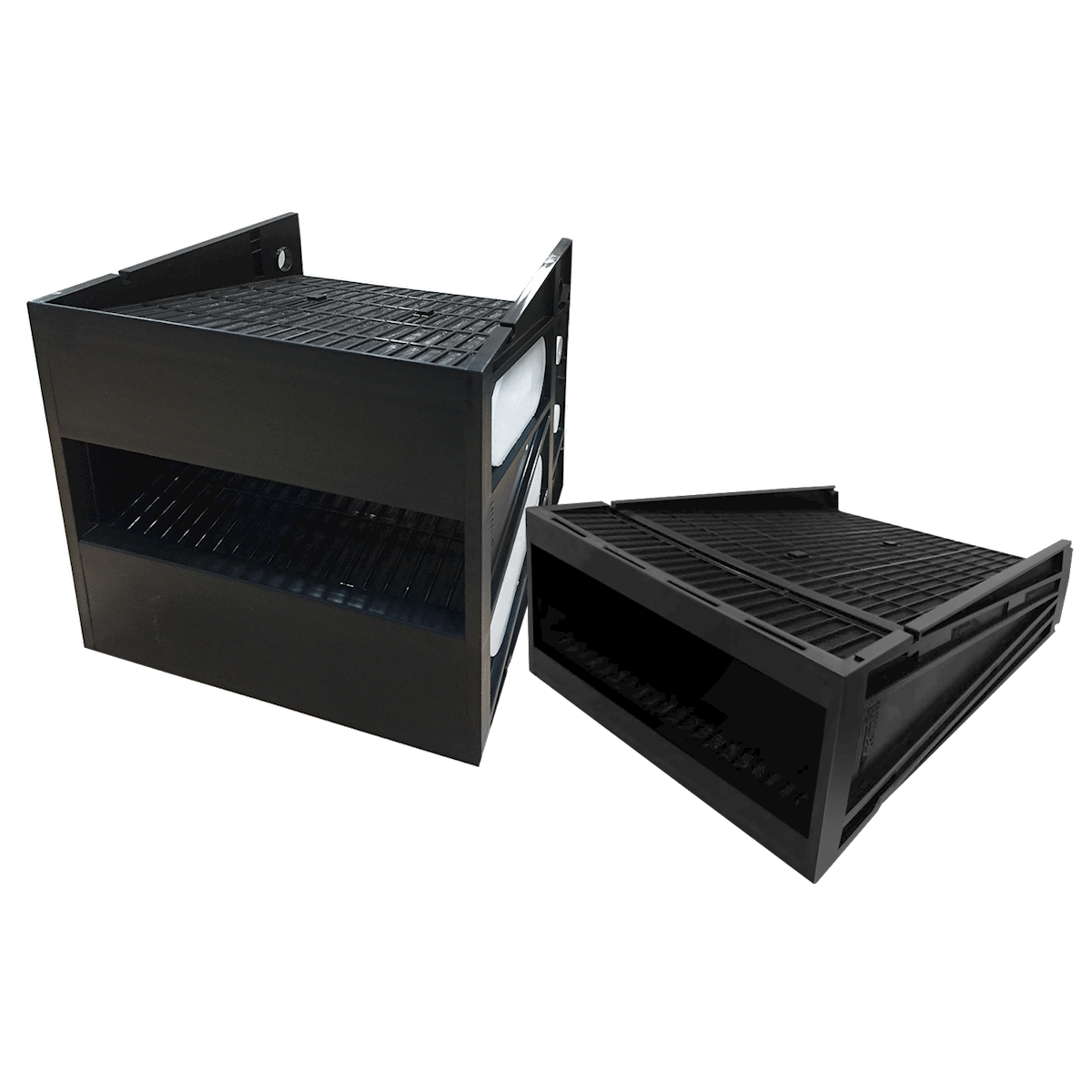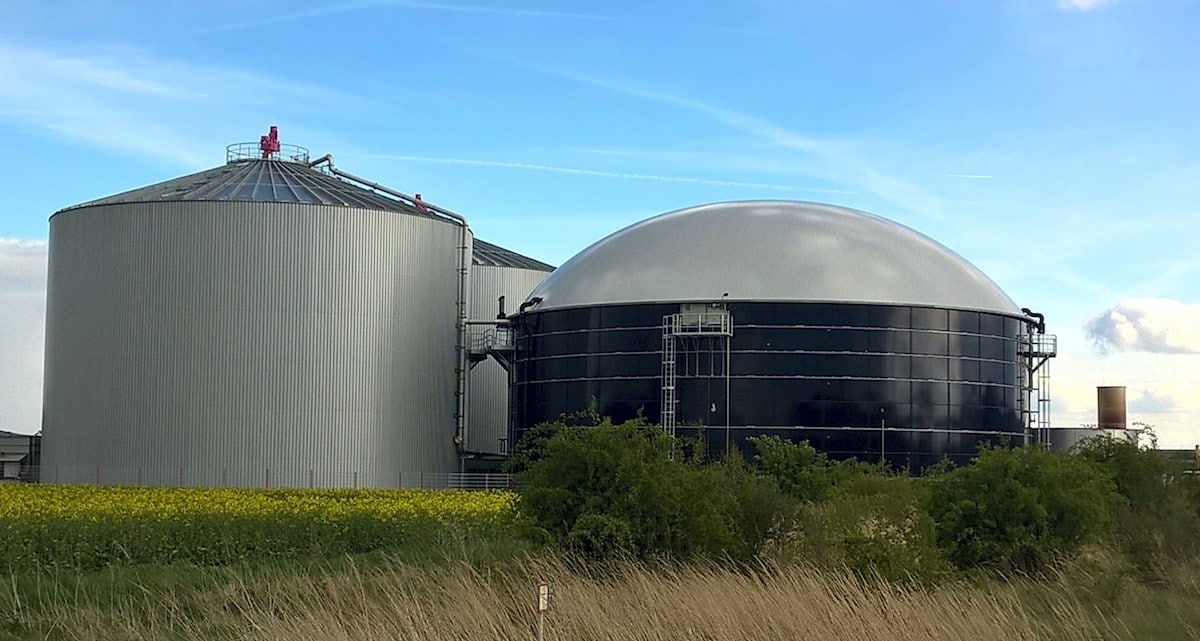Molecular Contamination Control (MCC) products remove molecules, gases and vapours from the air that cannot be captured using ordinary particle filters. Molecules are typically 1,000 to 10,000 times smaller than the most penetrating particles that pass through HEPA and ULPA filters.
Chemicals present in gas form in the atmosphere either outdoor or inside buildings include polyaromatic hydrocarbons, volatile organic compounds (VOC), benzene, isocyanates and siloxanes, to name just a few. They all require molecular filtration to protect people,processes or machinery, or simply to remove odours. Many of these chemicals are airborne and can mix to form a dangerous cocktail with unknown health impacts.
Protect people staying inside buildings like airports, offices, hospitals or laboratories.
Protect people and the environment from odours and toxins emitted in exhaust air streams from industrial or power generation facilities.
Enhance yield in semiconductor wafer manufacturing, flat panel displays, hard disk drives and equipment. Protect from outdoor and process chemicals present at trace levels in the air.

Protect sensitive electrical process control systems from acidic gases in petrochemical,pulp and paper, metal refining, printed circuit board manufacturing, data centres and wastewater treatment facilities.Corrosion control is also important for protecting artefacts in museums and storage facilities.
In 2019, Camfil launched a new version of CamCarb VG 440, a molecular filter used for corrosion control in heavy process industries and in general ventilation systems in places like airports, museums and offices.
A revolutionary product design allows the use of smaller adsorbents in order to more than double the product lifetime compared with existing competing solutions. This is in turn results in less waste, longer service intervals and a reduced environmental footprint.Additionally, the Camfil CamCarb molecular filter range was greatly enhanced by implementing a new product labelling system that focuses on target gas rather than media types. The clarity in product descriptions ensures that our customers select the products best adapted to their gaseous contamination concerns, with maximized product life and removal efficiency and therefore lowest waste generation.


Corrosion control:
Protect sensitive electrical process control systems from acidic gases in petrochemical, pulp and paper, metal refining, printed circuit board manufacturing, data centres and wastewater treatment facilities. Corrosion control is also important for protectingarte facts in museums and storage facilities.
Indoor air quality:
Protect people staying inside buildings like airports, offices, hospitals or laboratories.
Exhaust:
Protect people and the environment from odours and toxins emitted in exhaust air streams from industrial or power generation facilities.
Microelectronics:
Enhance yield in semiconductor wafer manufacturing, flat panel displays, hard disk drives and equipment. Protect processes from outdoor and process chemicals present at trace levels in the air.
As a result, Camfil now recommends hybrid adsorbents for our customers. These combine activated carbon, activated alumina and environmentally-friendly chemical impregnations when permanganate is not absolutely needed to treat the air. Our hybrid media include CamPure 15 and CamPure 32.
CamPure 15 has proved successful in applications like the removal of hydrogen sulphide (H2S) orsulphur dioxide (SO2) in pulp and paper mills or oil and gas facilities.
CamPure 32 is suitable for biogas and biomethane production, where H2S is the main contaminant. Sometimes CamPure media will be combined with separate virgin-activated carbon filters when volatile organic compounds must also be controlled. We still see plenty of room to convert permanganate media to more environmentally friendly grades, and we are pursuing this transition in the global marketplace.